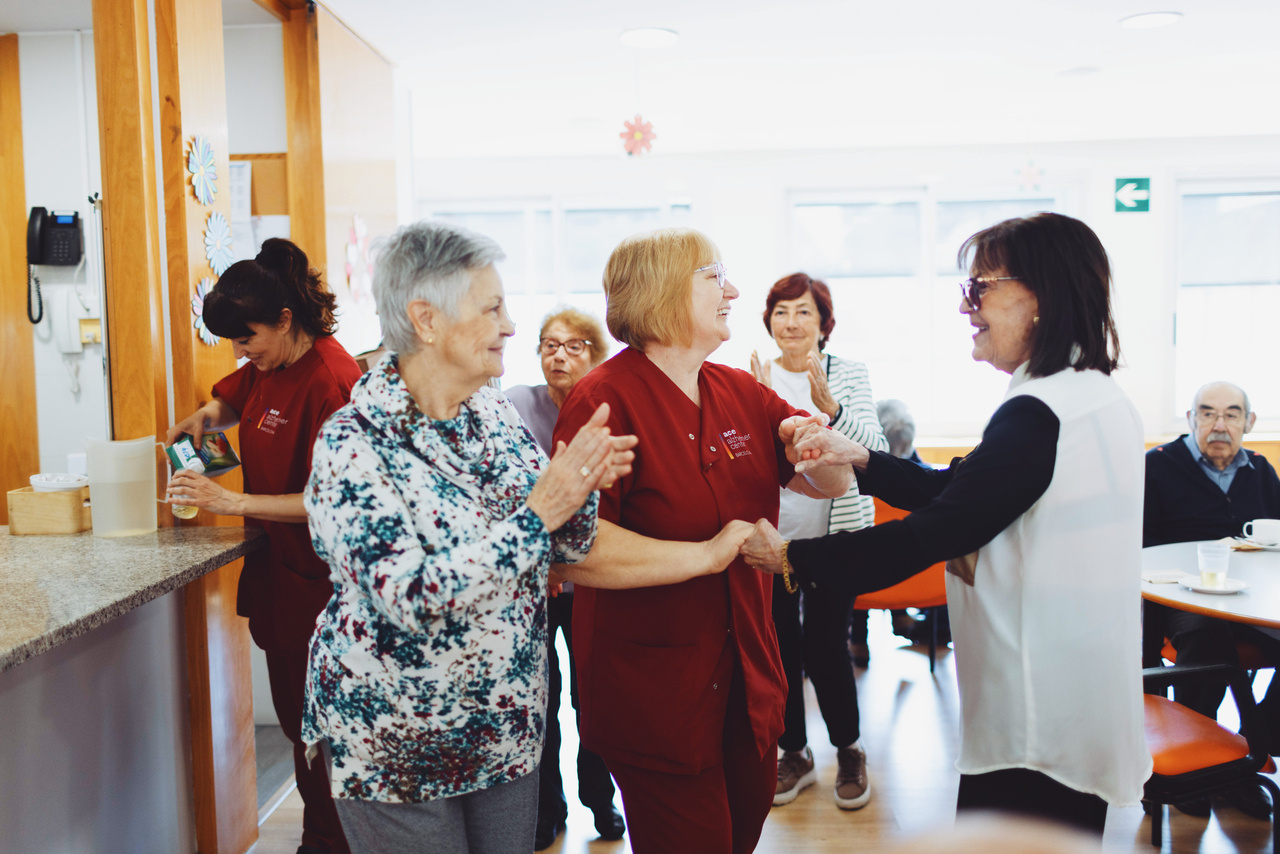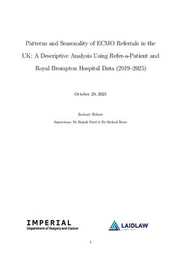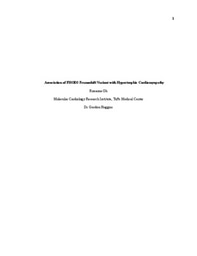
Over the past two weeks, my project at ACE Alzheimer Center has expanded in exciting directions, combining science communication with hands-on experience in non-pharmacological care. Here's what I’ve been up to:
Understanding the Therapeutics
What began as a project focused on Leqembi, a new Alzheimer's therapeutic that's coming to the market, has grown into something much broader. I’m now helping communicate the science behind the three major classes of Alzheimer’s drugs on the market:
-
Leqembi (monoclonal antibody)
-
Donepezil (acetylcholinesterase inhibitors)
-
Memantine (NMDA receptor antagonists)
My goal is to break down what each drug does, how it works in the brain, what the treatment process looks like, and what side effects patients and caregivers should be aware of.
What makes this especially rewarding is getting to work with the doctors in the pharmacy and clinical trials units. They’re not just reading about these treatments, they’re living them. Many have administered these therapies in trials and understand the nuances of how patients respond, how side effects are managed, and what concerns families often have. Their insight has given me a richer, more human perspective on how Alzheimer's is treated, both today and in the pipeline for tomorrow.
Inside the Daycare Unit: Community, Memory, and Music
Beyond medication, I’ve spent meaningful time in the ACE daycare unit, where non-pharmacological support takes center stage. The day here is thoughtfully structured into three parts:
-
Social time (breakfast, ping pong, casual conversation)
-
Cognitive stimulation through memory workshops
-
Physical activity (yoga, fitness, dancing) and music therapy
Everyone starts the day together, then splits into small groups based on their cognitive level and their personality—because even if two people have the same level of memory loss, a 50-year-old and an 80-year-old might not click socially. I loved seeing how much emotional intelligence goes into this kind of care.
The memory workshops themselves are part brain-training, part group therapy. Some activities focus on short-term recall (like memorizing words grouped by theme or sound), while others stretch attention, logic, or math skills. In one session, I got to help with a storytelling memory exercise involving the heist at the Isabella Stewart Gardner Museum in Boston. It was amazing to see how much detail participants could recall, especially when supported with cues and group discussion.
One thing that stood out: even when people forget names or places, they often remember feelings. One woman didn’t recall her favorite staff member when they had been on vacation—but when she saw her again, her whole face lit up. Moments like that remind me that memory is so much more than facts: it's emotion, routine, and safety.
The Green Line Adventure: Seeing Barcelona Stop by Stop
On a more personal note, I decided to take full advantage of living along one of the longest and most connected metro lines in Barcelona: the Green Line. So, I challenged myself to an adventure of getting off at every single stop to explore what that slice of the city had to offer.
Some stops opened onto bustling urban plazas, others led to quieter, almost suburban-feeling neighborhoods with family homes and leafy parks. I wandered through places I wouldn’t have found otherwise: fountains tucked between buildings, cozy cafés, and community playgrounds. The city felt so much more expansive and varied than I’d realized. It was a reminder that while Barcelona is known for its touristy highlights, it’s also full of small, lived-in corners where daily life unfolds in its own rhythm.




Please sign in
If you are a registered user on Laidlaw Scholars Network, please sign in